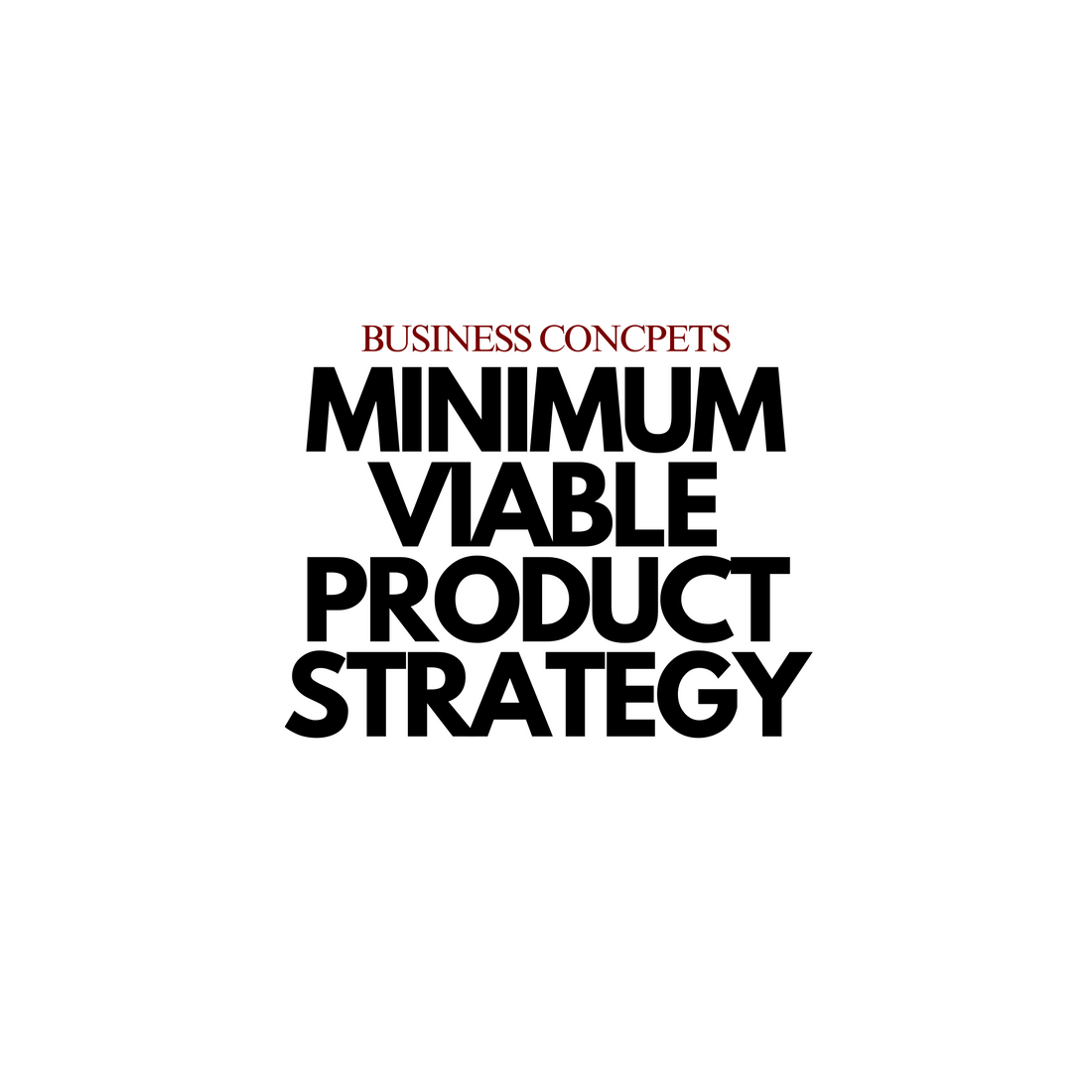
Minimum Viable Product (MVP) strategy: Components & Benefits
Share
A Minimum Viable Product (MVP) strategy focuses on developing the most basic version of a product that still provides value to early users. It allows businesses to test ideas quickly, gather feedback, and refine the product without investing excessive resources upfront.
Key Components of an MVP Strategy
Identify Core Functionality – Focus on essential features that solve the primary customer problem.
Target Early Adopters – Launch for a specific audience likely to provide constructive feedback.
Build & Test Rapidly – Develop the simplest version of the product and deploy it quickly.
Gather User Feedback – Analyze how users interact with the MVP and identify pain points.
Iterate & Improve – Adjust features based on insights and scale accordingly.
Benefits of MVP Strategy
Reduces Risk – Prevents wasted resources on unnecessary features.
Faster Time to Market – Speeds up launch compared to a fully developed product.
Customer-Driven Development – Shapes the product according to actual user needs.
Validates Business Concept – Ensures product-market fit before larger investments.
